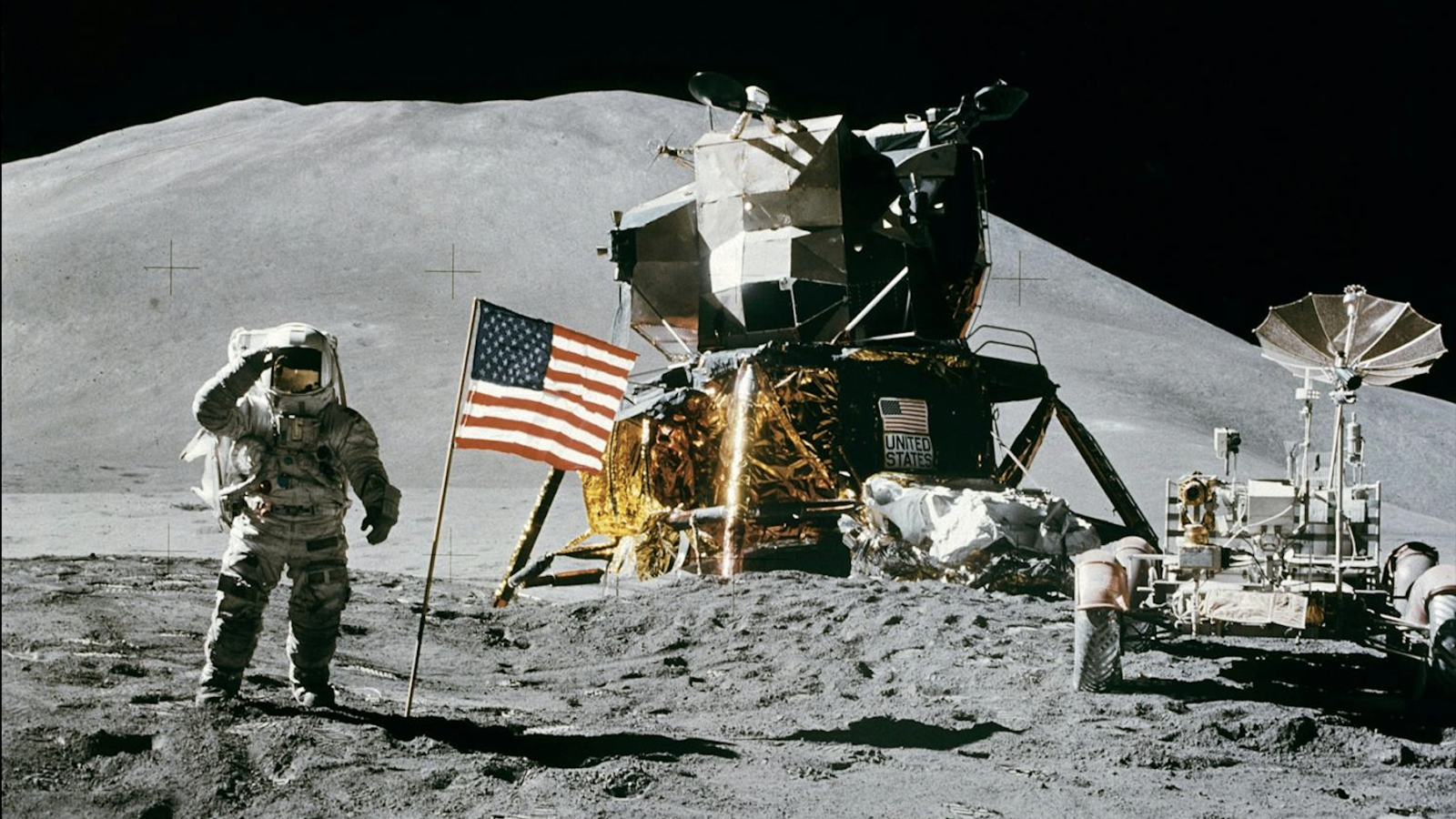Scientists claim they have discovered a second ‘mini-moon’ orbiting our planet; they also say they know where it came from.
The near-Earth asteroid known as Kamo’oalewa is orbiting the Earth and likely came from our moon, or so scientists say.
Our moon is regularly bombarded with space debris, and Kamo’oalewa was probably a result of one of these objects colliding with the moon and breaking pieces of it off.
Moreover, they claim to have tracked the exact lunar impact crater the near-Earth asteroid came from.
Amid all this talk about space from astronomers and NASA, it makes me wonder—why haven’t we gone back to the moon?
Why is our space program stagnating even as startling new developments emerge regarding asteroid landings and mining, deep black UFO projects, and reusable rocket technology?
Ponder this as you continue reading about this latest space-based story:
Earth's co-orbital asteroid Kamo'oalewa likely comes from lunar crater Giordano Bruno, which formed <10 Myr ago. The Chinese mission Tianwen-2, scheduled for May 2025, will bring to Earth a piece of it to verify this result. Baoyin, @BinChengTHU et al.: https://t.co/ugfhPS8RvE pic.twitter.com/nQ9iZkKZQJ
— Nature Astronomy (@NatureAstronomy) April 19, 2024
A team of astronomers believes the near-Earth asteroid Kamo'oalewa, a space rock between 130 and 328 feet in diameter, was once part of the Moon. pic.twitter.com/FJzWpjJcBL
— Black Hole (@konstructivizm) April 23, 2024
Computer model helps support theory of asteroid Kamo'oalewa as ejecta from the moon: https://t.co/2xjWyNTL2X
— Ken Gusler (@kgusler) April 22, 2024
Science.Org had more details about the surprising discovery:
The odd asteroid, known as 469219 Kamo‘oalewa, was discovered in 2016 by Pan-STARRS, a telescope system in Hawaii designed to identify potentially threatening space rocks.
Kamo‘oalewa measures between 40 and 100 meters across and rotates particularly fast—once every 28 minutes.
It follows an elliptical orbit around the Sun that moves in sync with Earth, giving the impression that the asteroid orbits Earth, even though it is outside the planet’s gravitational influence.
Last year, the U.S. Department of Defense revealed that deep space sampling and mining of asteroids is now possible.
“OSIRIS-REx, NASA’s first U.S. mission to collect samples from Bennu, a near-Earth asteroid, returned to Earth, after completing its seven-year space mission.
Throughout the mission, it was able to navigate the space terrain with the support of two Space Force Department of Defense squadrons.”
OSIRIS-REx, NASA's first U.S. mission to collect samples from Bennu, a near-Earth asteroid, returned to Earth, after completing its seven-year space mission.
Throughout the mission, it was able to navigate the space terrain with the support of two @SpaceForceDoD squadrons. pic.twitter.com/2BUMmffm7h
— Department of Defense 🇺🇸 (@DeptofDefense) September 30, 2023
Daily Caller noted:
The surface of Kamo’oalewa reflects light in the same way as weathered lunar rocks.
Its size, spin and age also match our moon and the enormous crater on the far side of the moon.



Join the conversation!
Please share your thoughts about this article below. We value your opinions, and would love to see you add to the discussion!